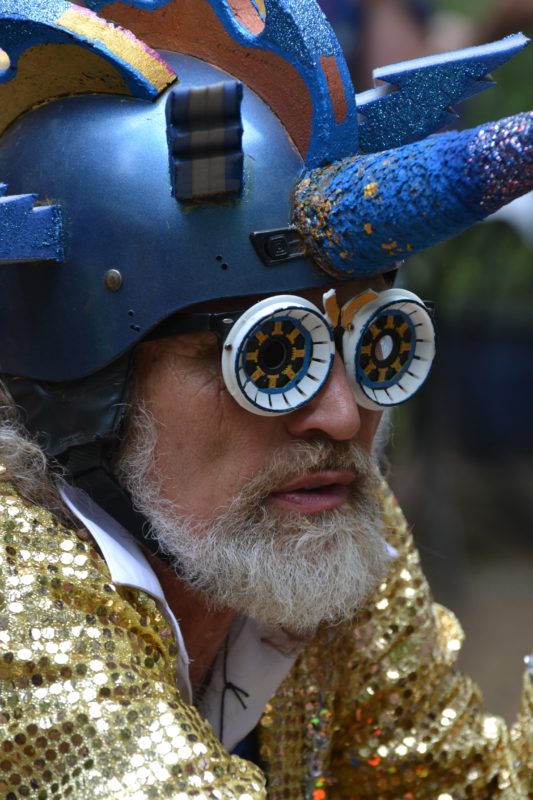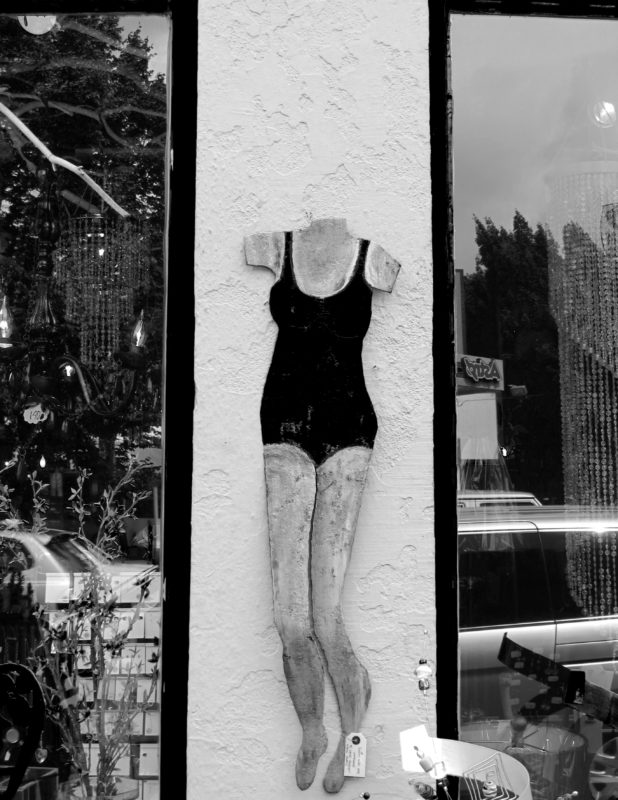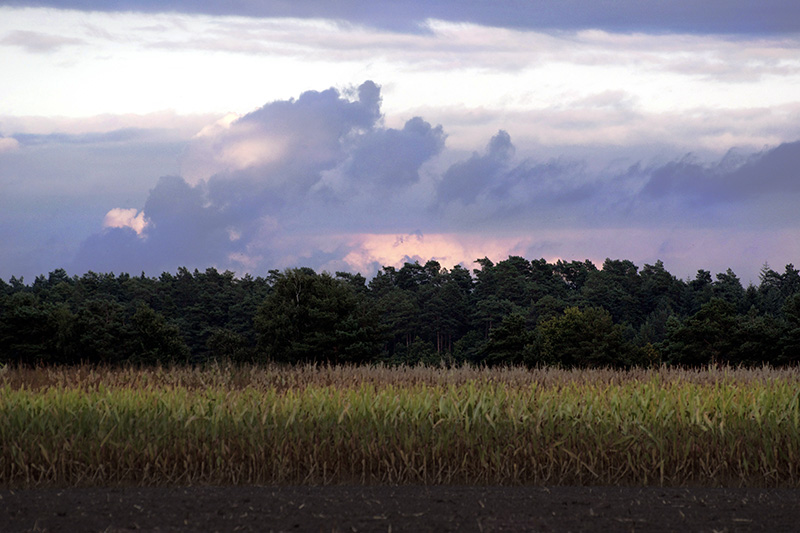One of my many reactions to the events of these long weeks has been: let me run away! Won’t do, of course, but a woman can dream. Dreams that include a variety of travel companions who strike me as people I’d love to run away with and learn from.
One of them is Jeanne Baret, who was the first woman to circumnavigate the globe, although she had to do it as a man. Well, dressing, looking and acting like a man.
Born into a poor, illiterate family in France in 1740, she was trained as a herbalist to be a healer, eventually becoming an expert botanist. During her foraging outdoors she met recently widowed naturalist Philibert Commerçon. Soon they would share a bed as well as their passion for the world of plants.
In 1766, on the recommendation of the famous botanist Linneaus, Admiral Louis-Antoine de Bougainville hired Commerçon for his expedition exploring the new world. The latter took his lover on board, disguised as a man since the French Navy did not permit women on their vessels. Baret took care to bind her breasts, never undress in public and she slept in his cabin. More importantly, though she did all the work required by one hired as assistant (or beast of burden), hacking her way through jungles, carrying the heavy wooden botany presses, the containers filled with specimen, facing unknown dangers in a new world, while traveling on a small supply ship for three years.
She was the one who discovered the bougainvillea named in honor of the ship’s commander. A commander who secretly admired her, but also took care to stress that this was not to be a model, once she was discovered.
Baret, with tears in her eyes, admitted that she was a girl, that she had misled her master by appearing before him in men’s clothing at Rochefort at the time of boarding…that moreover when she came on board she knew that it was a question of circumnavigating the world and this voyage had excited her curiosity. She will be the only one of her sex to do this and I admire her determination…The Court will, I think, forgive her for these infractions to the ordinances. Her example will hardly be contagious. She is neither ugly nor pretty and is not yet 25.
Louis Antoine de Bougainville, Journal, 28-29 May 1768
Rumors had, of course, flown about that she was not a man. For a while she countered them with tales of having been castrated while imprisoned earlier. But eventually she was discovered while exploring in Tahiti, or so the tale goes – there seems to be a bit of fudging of the truth to preserve her honor and that of the captain who would otherwise have been liable in court – crew members actually forcibly stripped her in New Ireland. She and her lover ended up in Mauritius working for the French East India Company establishing a botanic garden. When he died a few years later, she was thrown out and never saw the collection again that she had helped to build. A genus named after her, Baretia, was soon reclassified and renamed Quivisia.
Upon return to France she spent years in litigation to receive some of her lover’s estate that he had promised; an annual state pension on account of her services (petitioned for by her former captain!) saved her until her death in 1807. Only in 2012 was a new species of night shade, Solanum Baretiae, found in Equador and Peru, named after her. The woman had pluck, was driven, did not give up, and followed her passion. My kind of travel companion, although I probably would not have been able to keep up with her, ever.
Here is her story in some detail:
And here is a link to the botanical description of the new species named in her honor – don’t waste time to read it, just marvel with me at the conventions of scientific writing that are now adopted by botany, while Baret counted leaves and risked her life…
https://www.ncbi.nlm.nih.gov/pmc/articles/PMC3254248/
And tomatoes are of course part of the nightshade family.














 On Monday we mentioned evidence that face recognition follows different rules than other forms of recognition and is served by specialized brain tissue. But what are those rules?
On Monday we mentioned evidence that face recognition follows different rules than other forms of recognition and is served by specialized brain tissue. But what are those rules?














 There seems to be no evidence whatsoever at this point that GMO engineered food is bad for you or for the animals fed with it. People have crossbred for centuries, and now they are doing it more efficiently and with required hoops of testing. What is the net environmental impact, you might ask? Do herbicide resistant crops increase the use of herbicides? Yes they do, but they also reduce the need for tilling the soil, which is bad for it and releases CO2 into the environment. It becomes a question of agricultural diversification – if you plant a mix of GMO and non-GMO crops you are ahead in terms of producing more food and doing so economically, without hurting the environment. The same is true for insecticide engineered crops: they reduce the need to spray those poisons, but they might increase the number of resistant bugs. Note that BT, the insecticide from a bacterium that has been added, is widely used by organic farmers in its original form since it is deemed environmentally safe. Again, sustainable strategies would call for a mix of both kinds of crops.
There seems to be no evidence whatsoever at this point that GMO engineered food is bad for you or for the animals fed with it. People have crossbred for centuries, and now they are doing it more efficiently and with required hoops of testing. What is the net environmental impact, you might ask? Do herbicide resistant crops increase the use of herbicides? Yes they do, but they also reduce the need for tilling the soil, which is bad for it and releases CO2 into the environment. It becomes a question of agricultural diversification – if you plant a mix of GMO and non-GMO crops you are ahead in terms of producing more food and doing so economically, without hurting the environment. The same is true for insecticide engineered crops: they reduce the need to spray those poisons, but they might increase the number of resistant bugs. Note that BT, the insecticide from a bacterium that has been added, is widely used by organic farmers in its original form since it is deemed environmentally safe. Again, sustainable strategies would call for a mix of both kinds of crops.






